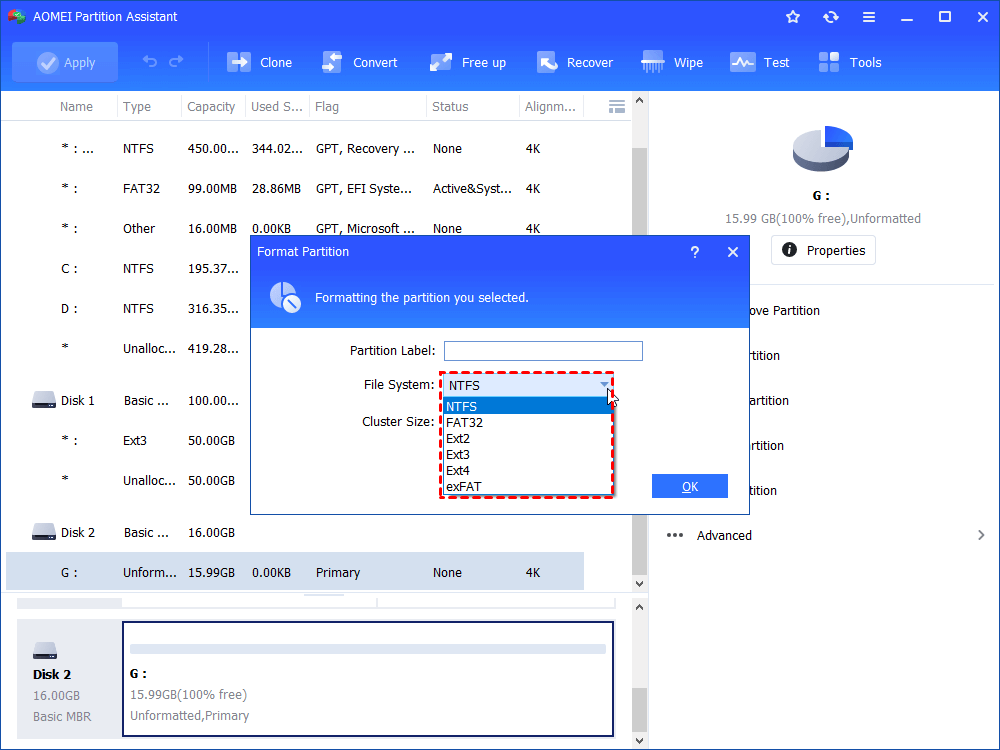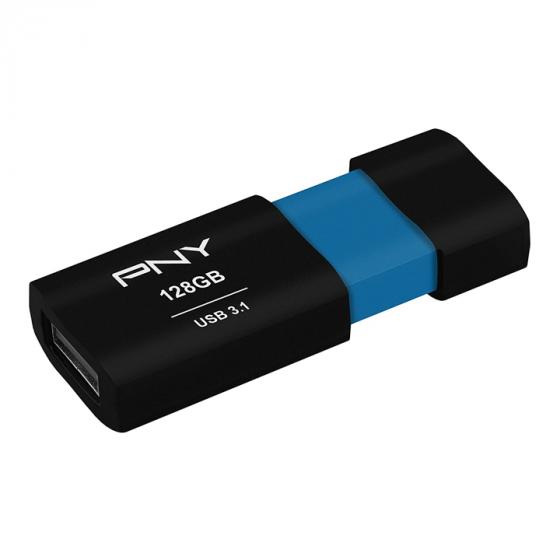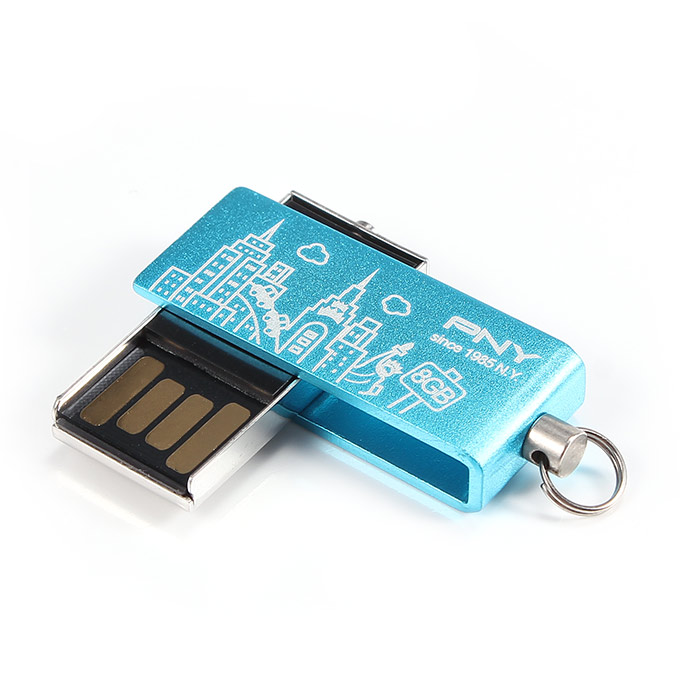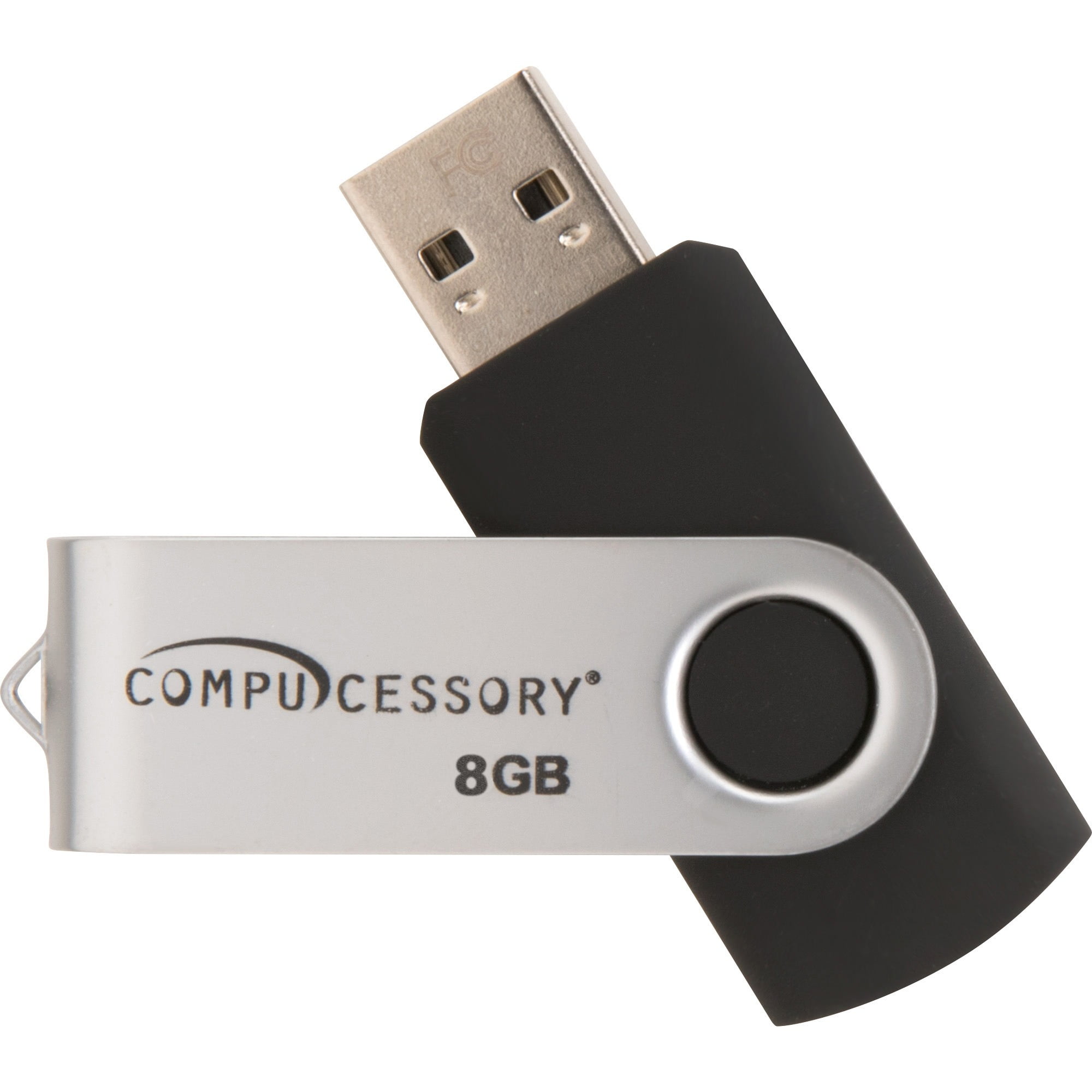

- #How to put password on flash drive pny how to
- #How to put password on flash drive pny full
- #How to put password on flash drive pny windows
Under the "Devices and drives" section, right-click the flash drive and select the Format option.
#How to put password on flash drive pny windows
To format a USB flash drive using File Explorer on Windows 10, use these steps: Formatting can fix drive errors and corruption, allowing you to enable or disable write protection.How to format USB flash drive with File Explorer If you are unsuccessful at enabling or disabling write protection on your USB flash drive, formatting may be the only option. Change to the drive letter of the flash drive before running the command.įor example, if your flash drive is the F: drive, type chkdsk f: /f /r / x. Type the command below to check for any errors on the flash drive and fix those errors.

#How to put password on flash drive pny how to
How to change drives in MS-DOS and Windows command line.Once the command prompt window opens, change the drive letter to that of the USB flash drive.

Open an elevated command prompt in Windows.Follow the steps below to try and fix drive errors using the chkdsk tool. If you still can't enable or disable write protection on your USB flash drive after trying these suggestions, your flash drive may have errors that need to be fixed.

#How to put password on flash drive pny full
If the USB flash drive is still read-only after checking the Allow checkbox in step 9, repeat the steps and check the checkbox for the Full Control entry. To check if security permissions need to be changed, follow the steps below. The security permissions may be set so that all users only have Read permissions to files on the flash drive. If using DiskPart, as detailed above, does not work to clear the read-only attribute of a USB flash drive, the security permissions may need to be changed. When you are finished, type exit to quit the program.Ĭhange security permissions in flash drive properties.Or, to set the read-only attribute (making the flash disk write-protected), use the command attributes disk set readonly. To clear the read-only attribute (making the disk writable), use the command attributes disk clear readonly.You can list the attributes of the disk with the command attributes disk.In this example, we want to work with disk 1, so the command is select disk 1. Select your USB flash drive with the select disk command.In this example, we know that Disk 1 is our USB flash drive because its size is listed as 14 GB. Use the size of the disk to determine which one is your USB flash drive. At the DISKPART> prompt, type list disk and press Enter.If you receive a User Account Control prompt asking you for permission to continue, click Yes.Press Windows key+ R to open the Run box.You can use the Windows DiskPart command-line utility to enable or disable read-only mode on your USB flash drive. Using DiskPart to change read-only settings This action effectively sets all files, and the device itself, to read-only mode. If your device has this switch, move it to the "Lock" position. The write protection switch is useful for keeping the contents of your drive safe from malware when you need to view them on a public computer. Some USB flash drives have a write protection switch on the side or bottom. Fix USB flash drive issues with chkdsk.Change write protection through Windows registry.Change security permissions in flash drive properties.Using DiskPart to change read-only settings.


 0 kommentar(er)
0 kommentar(er)
